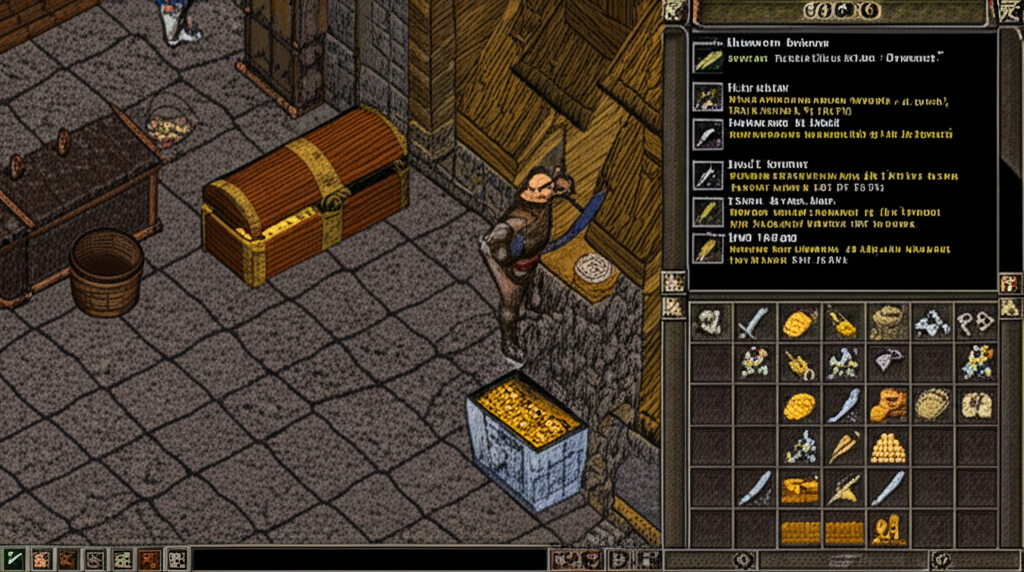The Evolution of MMO Licensing Models

The Changing Landscape of MMO Business Models
Massively Multiplayer Online (MMO) games have undergone a significant transformation in their licensing and subscription models over the past decade. What began as a straightforward monthly subscription approach has evolved into a complex ecosystem of monetization strategies that continue to shape player experiences and developer business decisions.
The Traditional Subscription Era (2000-2010)
The early 2000s established what many consider the "golden age" of MMO subscription models. Games like World of Warcraft, EverQuest, and Final Fantasy XI operated on a simple premise: pay a monthly fee for unlimited access to the game world. This model provided several advantages:
- Predictable revenue streams for developers
- Equal access to all content for all players
- Clear boundaries between paying customers and non-players
- Regular content updates justified by ongoing subscription fees
During this period, a typical MMO would charge $10-15 per month, with slight discounts for purchasing multiple months in advance. The model was straightforward and widely accepted by the player base, who understood that maintaining massive persistent worlds required ongoing financial support.
The Free-to-Play Revolution (2010-2015)
By 2010, the MMO landscape began to shift dramatically. Asian markets had already embraced the free-to-play model, and Western developers were taking notice. Games like Lord of the Rings Online and Star Wars: The Old Republic made high-profile transitions from subscription to free-to-play models, signaling a major industry shift.
This transition introduced several new monetization approaches:
- Microtransactions: Small purchases for cosmetic items, convenience features, or gameplay advantages
- Premium Memberships: Optional subscriptions that provided perks while maintaining a free base game
- Content Gating: Free access to base content with paid expansions or adventure packs
- Loot Boxes: Randomized rewards that players could purchase for potential rare items
This era saw both successes and failures. Some games found a sustainable balance that respected player investment, while others implemented aggressive monetization that damaged player trust and game integrity.
The Hybrid Approach (2015-2020)
As the market matured, many developers settled on hybrid models that combined elements from both subscription and free-to-play approaches. Games like Elder Scrolls Online introduced "ESO Plus" membership alongside base game purchases and optional microtransactions.
These hybrid models typically featured:
- One-time purchase for the base game
- Optional subscription with significant quality-of-life benefits
- Cosmetic-focused cash shops with minimal gameplay impact
- Paid expansions or DLC for major content updates
This approach allowed players to choose their level of financial investment while providing developers with multiple revenue streams. It also helped address the "pay-to-win" concerns that plagued many free-to-play titles.
The Current Landscape (2020-2025)
In 2025, MMO licensing models have continued to evolve in response to changing player expectations and market conditions. Several key trends have emerged:
1. Battle Pass Integration
Borrowed from the battle royale genre, many MMOs now offer seasonal battle passes that provide a progression track of rewards for active players. These time-limited offerings encourage regular engagement while providing a predictable monetization cycle.
2. Account-Wide Benefits
As players maintain multiple characters across different games, developers have shifted toward account-wide purchases and benefits rather than character-specific unlocks. This approach respects player investment and encourages experimentation with different playstyles.
3. Subscription Bundling
Major publishers now frequently offer subscription bundles that provide access to multiple games and exclusive benefits. Microsoft's Game Pass inclusion of MMO titles and Blizzard's combined subscription services exemplify this approach.
4. NFT and Blockchain Experiments
Despite initial controversy, some MMOs have successfully integrated blockchain technology and NFTs in ways that provide actual value to players. These implementations focus on true ownership of digital assets and cross-game compatibility rather than speculative investment.
The Impact on Game Design
These evolving business models have fundamentally changed how MMOs are designed and developed. Modern MMOs must consider:
- Content Pacing: How to balance free content with premium offerings
- Reward Psychology: Creating compelling reasons to purchase without making free players feel disadvantaged
- Community Cohesion: Ensuring that monetization doesn't fragment the player base
- Long-term Sustainability: Building systems that can adapt to changing market conditions
The Future of MMO Licensing
Looking ahead, several emerging trends may shape the next evolution of MMO licensing models:
- AI-Driven Pricing: Dynamic pricing models that adjust based on player behavior and preferences
- Cross-Game Ecosystems: Unified currencies and assets that work across a publisher's entire portfolio
- Community Contribution Models: Systems that reward players for creating content or contributing to the game ecosystem
- Subscription Aggregation: Third-party services that bundle access to multiple games from different publishers
As the industry continues to evolve, the most successful MMOs will be those that find the right balance between profitability and player satisfaction. The days of a single dominant business model are gone, replaced by a diverse ecosystem of approaches tailored to different games, audiences, and markets.
Popular Posts

The Best Cannabis Dispensaries In America
April 12, 2025

The Top Vaporizers You Can Buy
March 5, 2025


